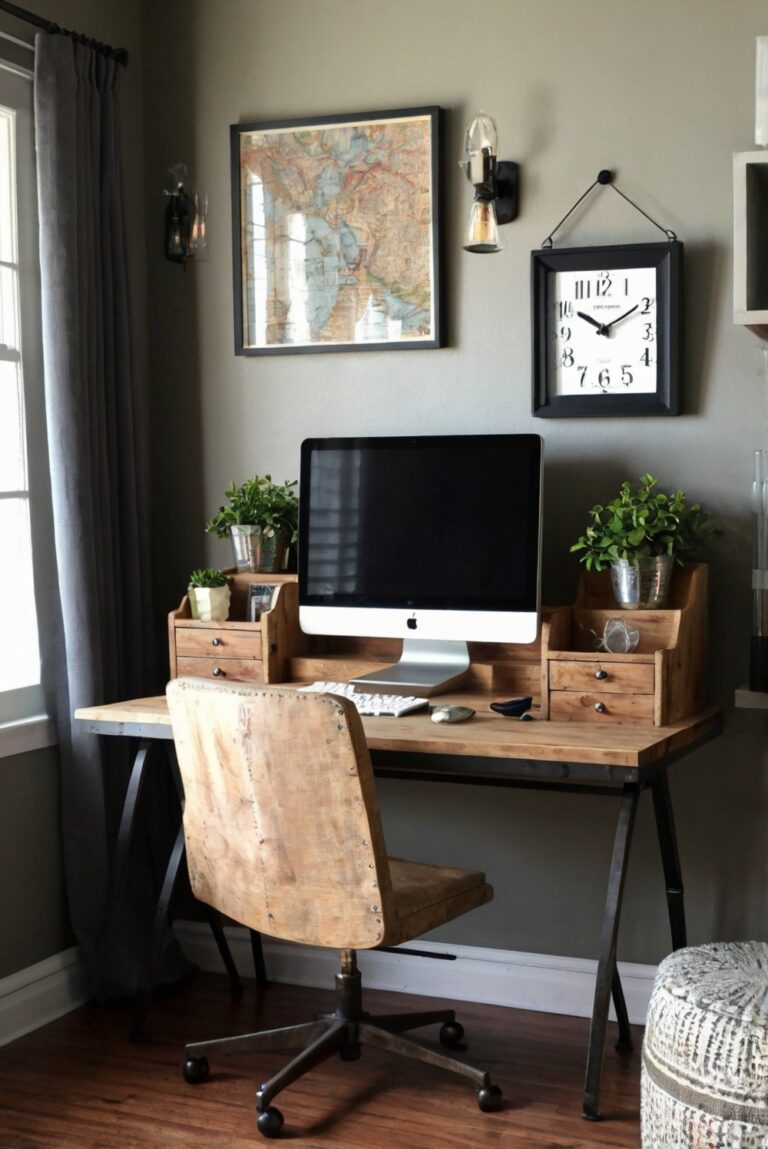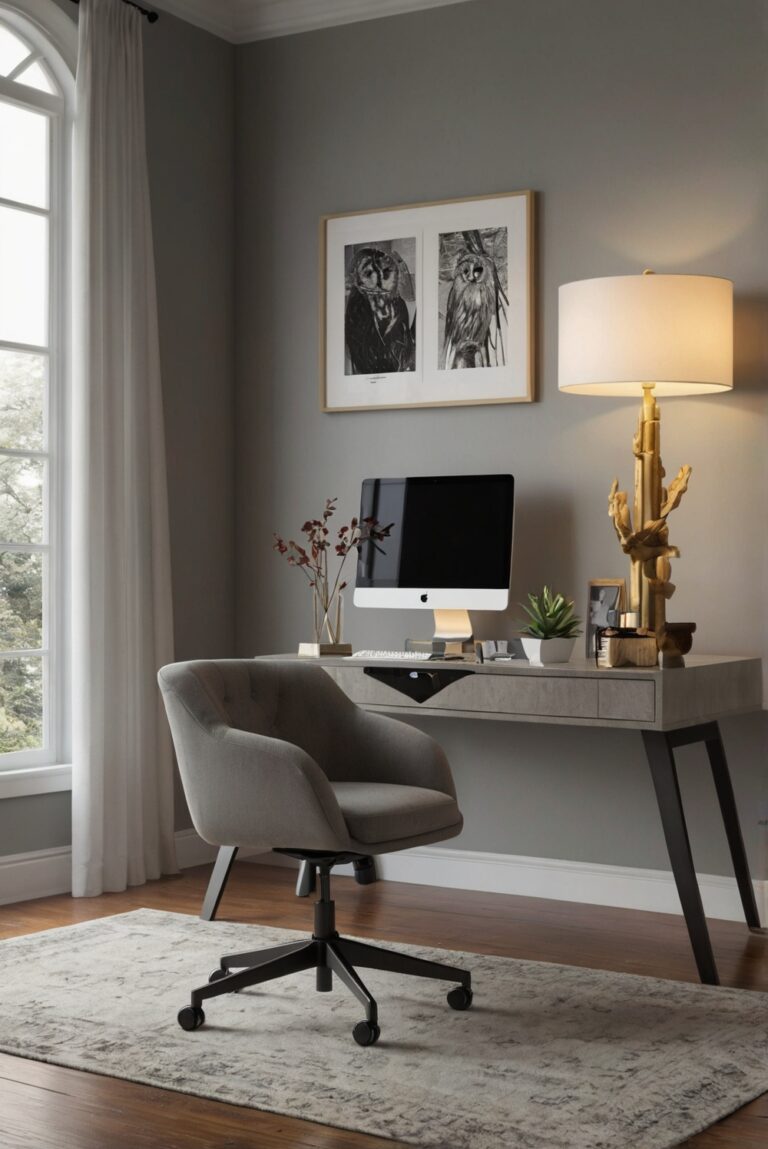Discover the optimal desk height for ergonomic comfort in your daily interior designer routine. Achieve more productivity and style with this essential guide.
What desk height is best for ergonomic comfort?
What desk height is best for ergonomic comfort?
When it comes to ergonomic comfort, the best desk height is one that allows you to maintain a neutral posture while working. This means your elbows should be at a 90-degree angle when typing, and your feet should be flat on the floor. Adjust your chair height until your arms are at the correct angle, and then raise or lower your desk to match. Having the right desk height can prevent neck and back strain, improve productivity, and overall well-being. It’s a crucial element in creating a comfortable and efficient workspace.
Remember to consider factors like your chair height, monitor placement, and keyboard position for a fully ergonomic setup.
What desk height is best for ergonomic comfort?
Desk height plays a crucial role in ensuring ergonomic comfort and preventing musculoskeletal issues. The ideal desk height is essential for maintaining proper posture and reducing strain on the body.
Here are some important considerations to determine the best desk height for ergonomic comfort:
– **Desk height should be adjustable**: An adjustable desk allows you to customize the height according to your body size and preferences. This flexibility is crucial for achieving the most comfortable and ergonomic setup.
– **Maintain a neutral position**: The desk height should enable you to keep your wrists straight and parallel to the floor while typing. This helps to prevent wrist strain and discomfort.
– **Align with the elbows**: When sitting at your desk, your elbows should form a 90-degree angle. This ensures that your arms are properly supported and reduces the risk of shoulder and neck pain.
Factors influencing the ideal desk height:
– **Height of the chair**: The height of your chair should complement the desk height to maintain proper alignment of the body. A chair with adjustable height can help achieve the ideal sitting position.
– **Monitor placement**: The height of your desk should allow you to position your monitor at eye level. This helps prevent neck strain and ensures comfortable viewing.
Conclusion:
In conclusion, determining the best desk height for ergonomic comfort is essential for maintaining a healthy and productive work environment. By considering factors such as adjustability, neutral positioning, chair height, and monitor placement, you can create a workspace that promotes proper posture and reduces the risk of musculoskeletal issues. Investing in an adjustable desk and ergonomic chair can significantly improve your overall comfort and well-being while working.
1. What is the ideal desk height for ergonomic comfort?
The ideal desk height for ergonomic comfort is typically between 28 to 30 inches. This height allows for a comfortable arm and wrist position when typing or using a mouse. It is important to ensure that your elbows are at a 90-degree angle when sitting at your desk to avoid strain on your shoulders and wrists. Additionally, adjustable desks are becoming increasingly popular as they allow users to customize the height according to their specific needs and preferences.
2. How can I determine the right desk height for me?
To determine the right desk height for you, sit in your chair with your feet flat on the floor and measure the distance from the floor to your elbows. The ideal desk height should allow your elbows to be at a 90-degree angle when typing or using a mouse. You can also consider using a footrest if your desk height is not adjustable to ensure proper ergonomic alignment.
3. Are there any studies supporting the importance of desk height for ergonomic comfort?
Several studies have highlighted the importance of proper desk height for ergonomic comfort. A study published in the Journal of Occupational Rehabilitation found that adjusting the desk height can reduce discomfort and musculoskeletal issues among office workers. Another study in the Journal of Human Kinetics emphasized the impact of desk height on posture and overall comfort, supporting the need for personalized ergonomic setups.
4. What are some strategies for maintaining ergonomic comfort at your desk?
In addition to adjusting your desk height, there are several strategies you can implement to maintain ergonomic comfort. These include using an adjustable chair with proper lumbar support, positioning your monitor at eye level to reduce neck strain, and taking regular breaks to stretch and move around. It is also important to organize your desk space efficiently to minimize reaching and twisting movements that can strain your muscles.
5. Can you provide a checklist for setting up an ergonomic desk for optimal comfort?
– Adjust desk height to allow for a 90-degree angle at the elbows.
– Use an adjustable chair with lumbar support.
– Position monitor at eye level to reduce neck strain.
– Keep frequently used items within arm’s reach to minimize reaching.
– Take regular breaks to stretch and move around.
– Consider using an anti-fatigue mat to reduce pressure on your feet and legs.
– Organize desk space efficiently to minimize unnecessary movements.
By following these steps, you can create an ergonomic workspace that promotes comfort and reduces the risk of musculoskeletal issues.







